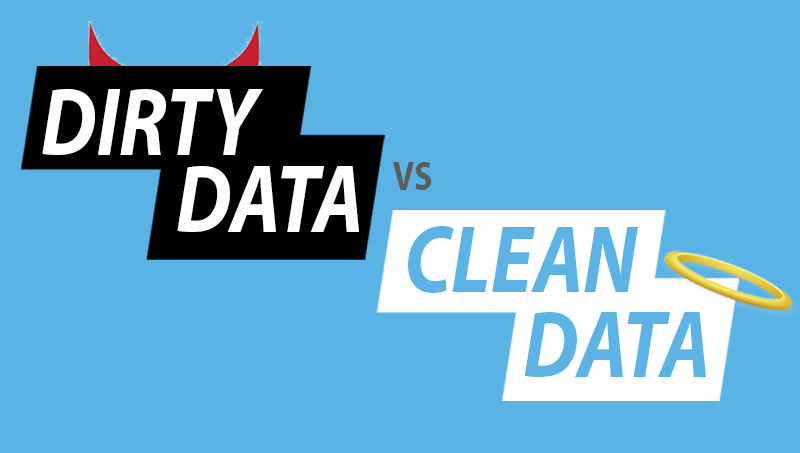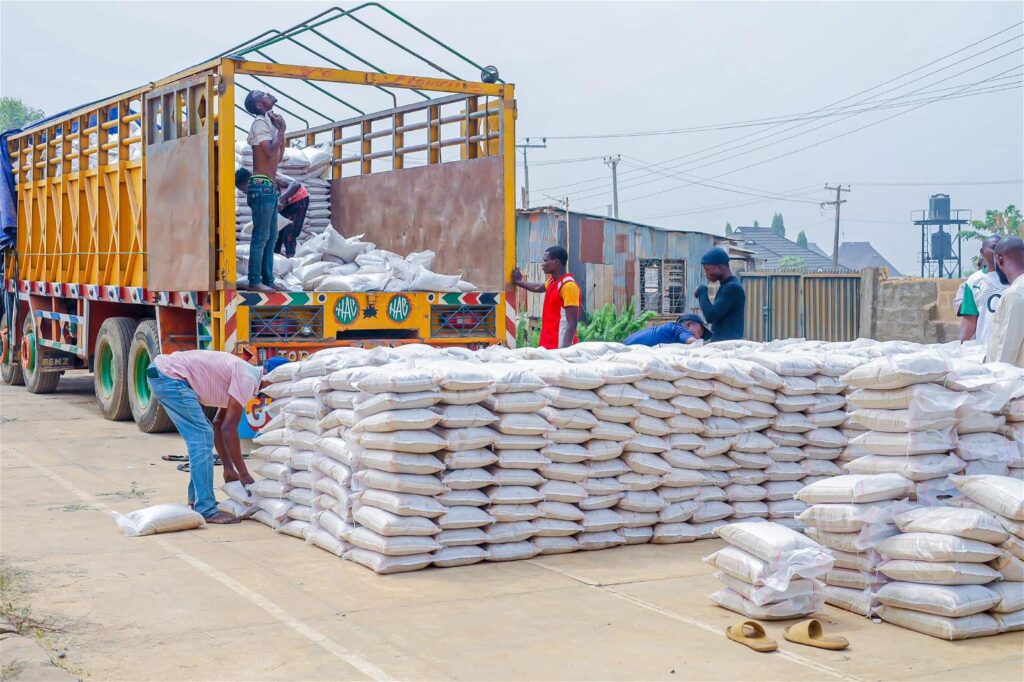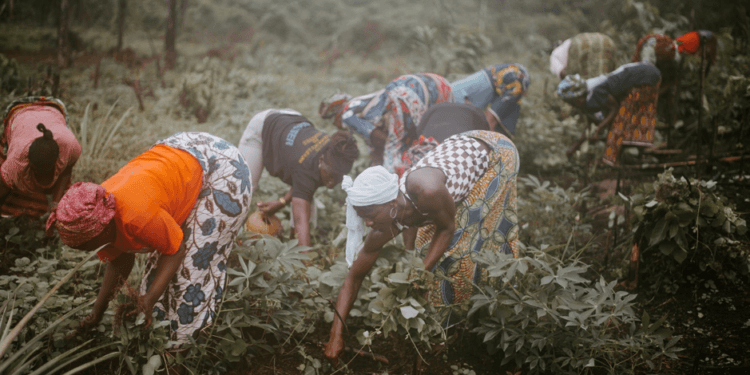Dirty Data vs Clean Data.
“Garbage in, garbage out.” But in today’s digitised economy, that phrase underestimates the problem. Dirty data is more than a nuisance. It’s a silent threat that can sabotage strategies, undermine innovation, and cost organisations millions without a single alarm bell ringing. Yet many businesses, even those that champion digital transformation, still treat data integrity as an afterthought. And by the time they realise the impact, the damage has often compounded beyond easy repair. Let’s unpack the dangers of dirty data and why it’s time we start treating data hygiene with the same seriousness as financial controls or cybersecurity. WHAT IS DIRTY DATA? Dirty data refers to information that is inaccurate, incomplete, inconsistent, duplicated, or outdated. It takes many forms: Misspelt names or incorrect entries in customer databases. Duplicated records, such as the same supplier listed twice with slightly different spellings. Outdated information, like an employee’s old job title still appearing in internal systems. Incorrect data types, such as text in a numeric field. Missing values, for example, sales transactions with no timestamp or customer ID. These errors might seem trivial to many. But when they spread across supply chains, financial models, marketing campaigns, or compliance systems, they distort reality, and distorted decision-making follows suit. THE HIDDEN COSTS & NUMBERS THAT SHOULD CONCERN YOU I wish I could cite Ghanaian surveys, but this also serves our purpose: In the United States, a 2021 survey by IBM estimated that poor data quality costs the US economy more than $3 trillion annually. On an organisational level, Gartner found that bad data costs businesses an average of $12.9 million per year in wasted resources, rework, lost opportunity, and reputational damage. But these aren’t losses that appear on a standard income statement. They hide in many forms. Inventory write-offs because of misaligned stock records. Poor customer retention due to mismatched or confusing contact histories. Failed AI or machine learning initiatives that were trained on flawed datasets. Regulatory fines for misreporting, especially in sectors like finance or health. In Africa’s fast-growing digital and financial ecosystems, where mobile money platforms, e-health records, and precision agriculture are all reliant on accurate inputs, the stakes are even higher. Dirty data can directly harm development outcomes. A REAL-WORLD CAUTIONARY TALE Consider the case of a global retailer that launched a loyalty campaign using data from its customer database. It was meant to be hyper-targeted with personalised messages, tailored offers, and location-based deals. Except that there is one thing out of place: the data was wrong. Some customers received offers for items they had already bought. Others got messages addressed to the wrong name, or worse, deceased family members. The campaign had to be pulled. Customer trust took a hit. The CMO resigned. What went wrong? The data team had warned about inconsistencies in the CRM. But in the rush to execute, nobody took the time to fix it. That’s the thing about dirty data; it often doesn’t scream. It whispers… until it explodes! HOW DIRTY DATA HAPPENS Data doesn’t become dirty on its own. It becomes dirty because of the systems, habits, and incentives surrounding it. Common causes include: Human error: Manual data entry is prone to typos, omissions, or formatting mistakes. Lack of validation rules: Systems that don’t enforce data standards allow garbage to enter. Siloed systems: Different departments maintain their own databases without synchronisation. Poor migration practices: Moving data between platforms without quality checks. Neglected maintenance: Over time, data decays. It means that people move, suppliers change names, prices shift, etc. Additionally, a less discussed factor is organisational culture. When data ownership is unclear, or when teams aren’t held accountable for accuracy, dirt accumulates. And then it becomes someone else’s problem until it becomes everyone’s problem. DECISIONS BUILT ON SAND The most dangerous consequence of dirty data isn’t operational inefficiency, but rather strategic misdirection. Think about the number of critical decisions that hinge on data, from market forecasts, investor reports, pricing strategies, risk models, HR policies, and a whole lot more. When that data is flawed, even the most well-intentioned leadership ends up operating from fiction. An NGO may misallocate aid based on outdated census figures. A fintech may over-lend to a region due to duplicated customer profiles. A factory may underproduce because its demand forecasting system is fed bad order history. A Government might… a lot can go wrong. The tragedy is that these entities often get everything else right. Intelligent people, solid frameworks, good intentions. But if their data foundation is flawed, the results will always be disappointing. DIRTY DATA IN THE AGE OF AI The rise of artificial intelligence, predictive analytics, and automation elevates the risk even more. Algorithms are only as effective as the data they are trained on. If your AI is learning from dirty data, it’s hallucinating oo. It’s not learning. A predictive maintenance system that flags machinery at risk of failure based on sensor data will produce false positives (or worse, false negatives) if the sensor readings are off by even a few points. A credit scoring model may unfairly deny loans to creditworthy individuals if their transactional data is incomplete or misclassified. This isn’t a future problem. It’s a now problem. The more decisions we delegate to machines, the more critical it becomes to ensure the data guiding them is clean, current, and contextually accurate. WHAT ORGANISATIONS CAN DO TO IMPROVE DATA HYGIENE? The fix isn’t as flashy as blockchain or AI but it’s far more urgent. Here are a few practical steps every organisation should be taking. Every dataset should have a clear owner, someone accountable for its accuracy, structure, and purpose. Without ownership, there’s no accountability. Don’t let bad data in the front door. Use dropdown menus, data masks, mandatory fields, and automated checks wherever possible. Use algorithms to spot and merge duplicate records. This is especially crucial in CRM, ERP, and e-commerce systems. Treat data hygiene like dental hygiene. Be routine about it, not reactive. Schedule periodic audits, cleansing, and enrichment cycles to maintain data integrity. People cannot fix what they do
Dirty Data vs Clean Data. Read More »




